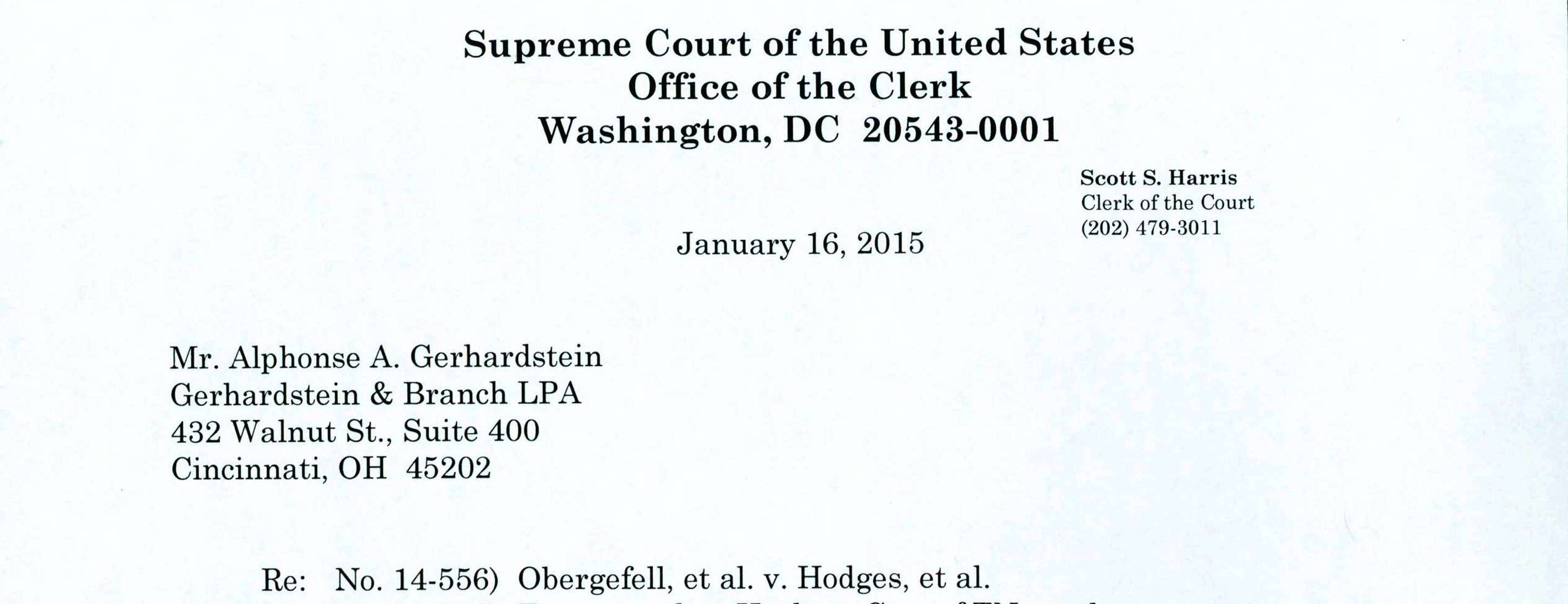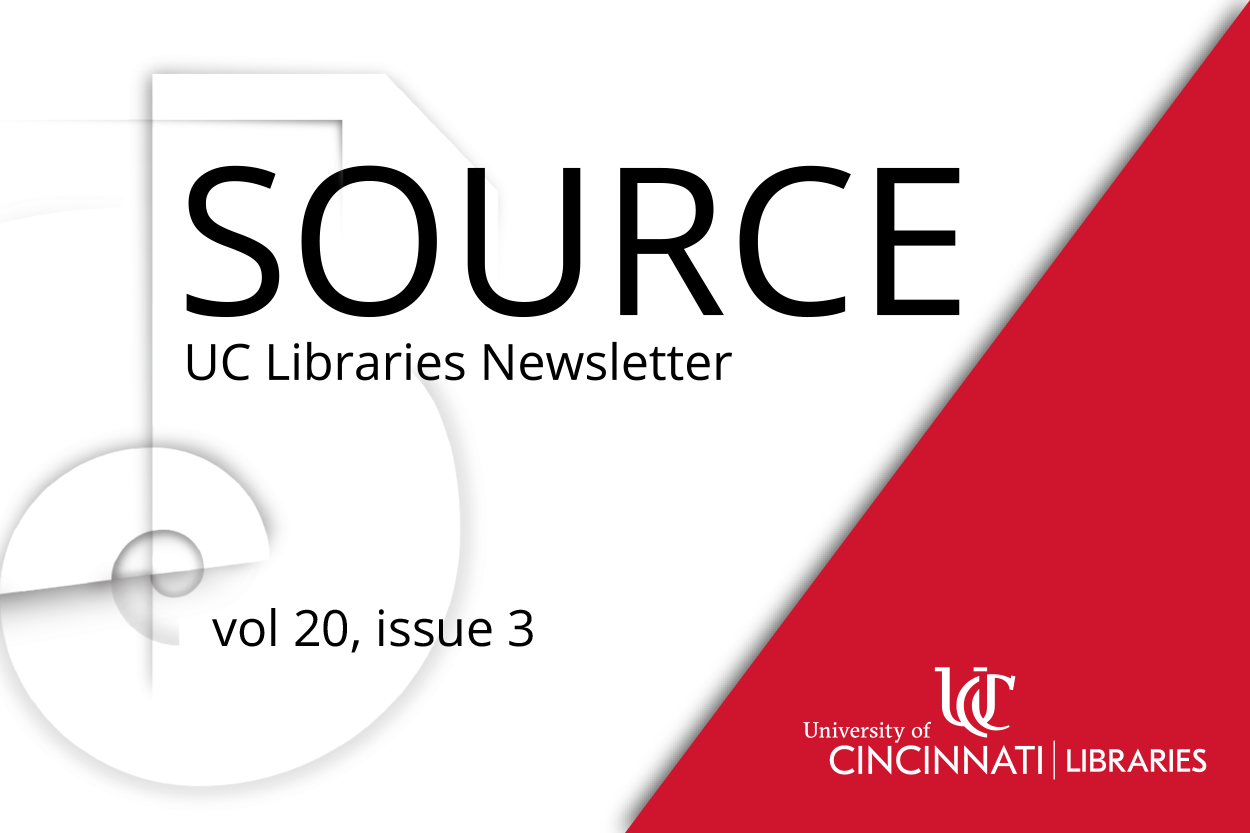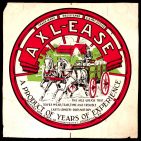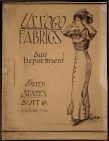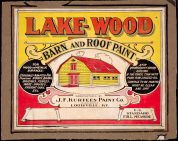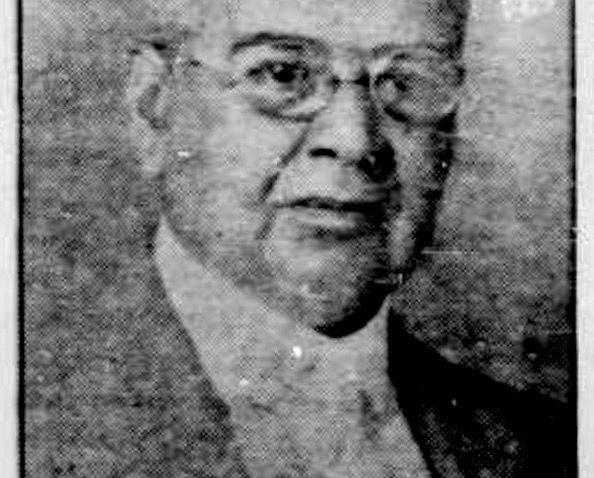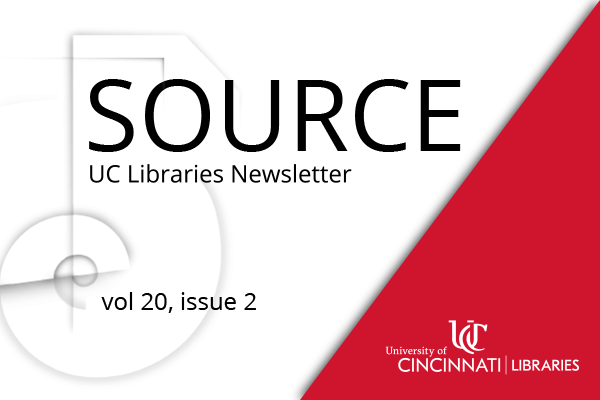Thanks to the State Library of Ohio awarding OhioLINK the ARPA (American Rescue Plan Act) grant funded by IMLS (Institute of Museum and Library Services), we now have access to ‘Phase 1’ of the Diversity, Equity and Inclusion electronic book collection (see complete Excel list) . OhioLINK’s goal was to bring better representation of diverse communities and perspectives to the library collections. Through the ProQuest platform’s curated librarian-selected collection that covers various subjects with diversity and representation in race, gender, religion, physical ability, age, political persuasion, and sexual orientation, that goal was met.
This dynamic digitally shared collection allows all OhioLINK member libraries to have an unlimited number of users and perpetual access to all 82 e-books. Books can be accessed through a search in the UC Library Catalog or by following the directions below. Check it out!
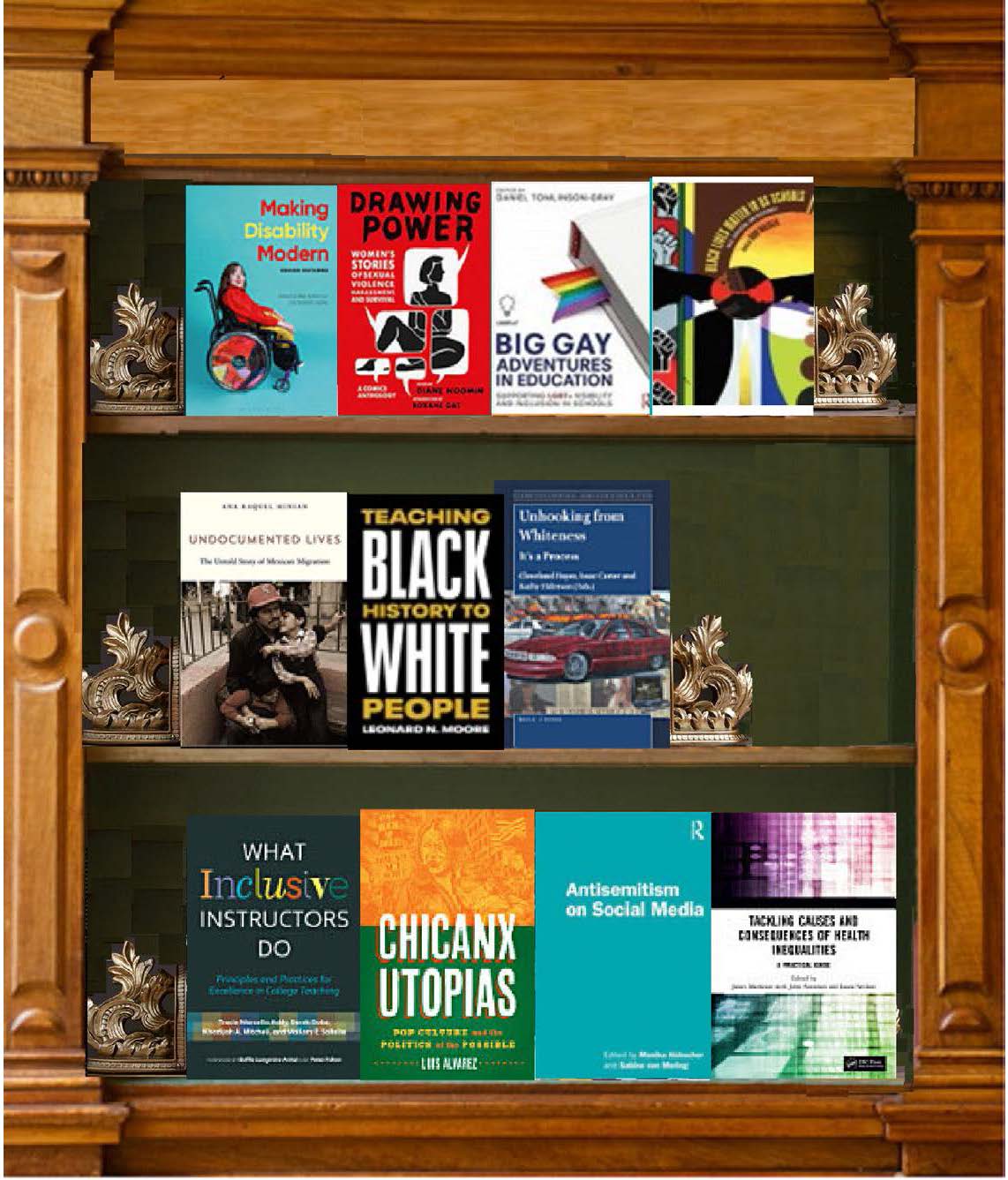
- Log in to UC Libraries’ proxy: https://ebookcentral-proquest-com.uc.idm.oclc.org/lib/uc/home.action
- Search for the book’s title (e.g., Setsuko’s Secret : Heart Mountain and the Legacy of the Japanese American Incarceration)
- A green “Available” indicator means we have access. Happy reading!




